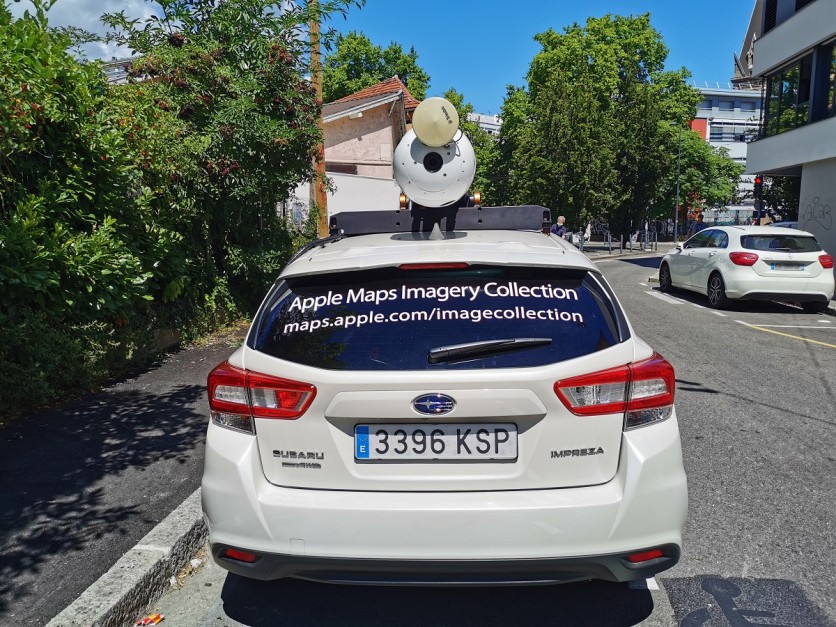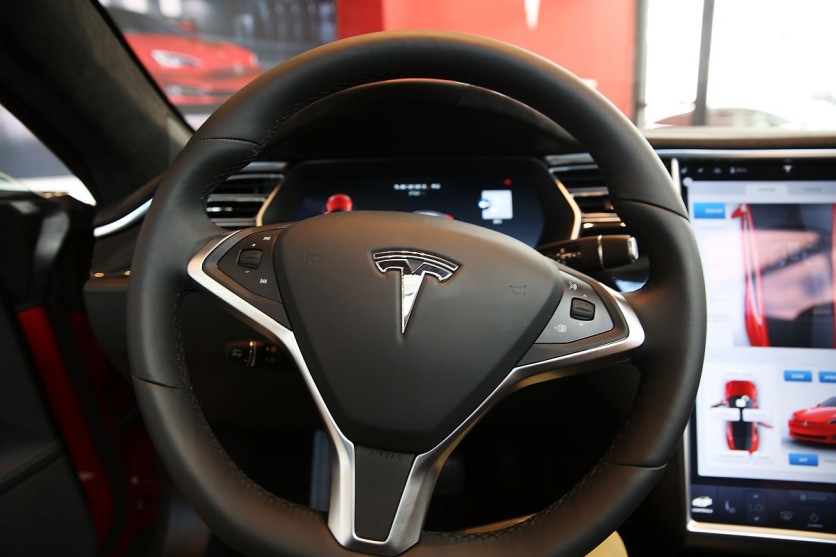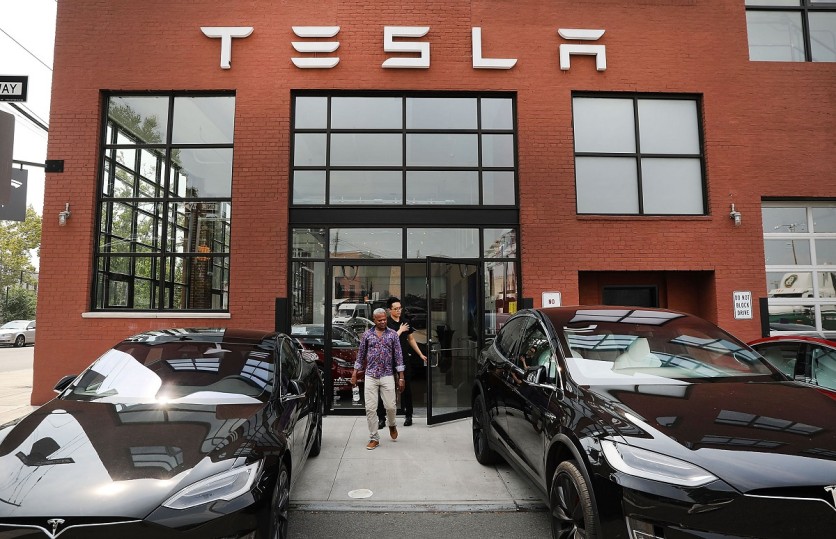Elon Musk had some burning remarks on the LiDAR (Light Detection and Ranging) during Tesla's Autonomy Day event in April 2019 when the company first showcased its autonomous driving technology.
LiDar is a remote sensing technology using laser light pulses to measure ranges to the Earth. When combined with other data recorded by the airborne system, these light pulses generate accurate, three-dimensional data about the Earth's shape and surface features.

During the event, Musk made remarks that downplayed LiDAR's technology. He was quoted by Tech Crunch when he said: "Anyone relying on lidar is doomed." The Tesla CEO added that LiDAR produces sensors that are costly, but unnecessary. He also noted that it was like having a bunch of expensive appendices, which is "ridiculous."
Unlike Musk, numerous companies support and use the LiDAR such as Uber, Waymo, Aurora, Cruise, and most recently, Apple.
Recently, Apple's mapping vehicles are seen going around the city to capture 3D data for its Apple Maps service, denoting routes and other data about localities, which may be useful for Apple's navigational products.

Apple teams use LiDAR sensors and they follow strict directive on how and where data should be captured at specific times. While the sun could interfere with the LiDAR sensors at shallow angles, data gathering must also be performed under ideal weather conditions, so images will be consistent with earlier versions.
Images captured are used for several purposes like training self-driving vehicle software on how to read and interpret the road using Mac Pro and customized iPads. Meanwhile, cars are parked at secret locations building owners end up renting properties to an Apple-owned front company.
It is quite surprising why these companies like LiDar's technology while Musk even called it "freaking stupid."
So what's behind Elon Musk's hatred of LiDAR?
Musk's infamous comment had triggered some buzz in the tech world. However, his different view of the technology may be due to a huge gap in cost and business models.

Those who prefer making Autonomous vehicles (AV) with LiDAR love the 3D image it creates, unlike the 2D images taken by cameras. Current algorithms from LiDAR-generated 3D data are much simpler than with 2D data captured by a camera. This is because the third dimension carries vital information that results in more robust insight.
Meanwhile, most companies simultaneously use multiple layers of sensors including LiDAR, camera, and radar to ensure vehicles' safety.
Cost
In 2019, a LiDAR set can cost up about $50,000 per vehicle while a camera set can only cost a few hundred dollars. Despite any change in the price through time, a LiDAR will remain more expensive than cameras.

Go-to-market business model
Since AVs can be utilized either for private consumption or as a Robo-taxi fleet, getting a $50,000 LiDAR set for each vehicle would add up to the cost of the vehicle.
For major AV companies like Waymo or Uber, which gear up towards having Robo-taxi fleets, which are less sensitive to the upfront capital cost. These companies would invest in putting good LiDARs to improve the safety of their vehicles.
A week after Musk's controversial comment, Aurora CEO Chris Urmson defended LiDAR, which he said is vital in "developing the safest and most reliable self-driving system." He made the statement after he announced Aurora's acquisition of sensor manufacturer, Blackmore.
However, for Tesla that pushes for private individually-owned AVs, LiDAR would jack up the price that the masses can no longer afford. With his earlier remarks, Musk just mentioned LiDAR's cost, although he did not say much with the technology itself. This is mainly because of the marketability of Tesla cars.
Thisis owned by Tech Times
Written by CJ Robles
ⓒ 2025 TECHTIMES.com All rights reserved. Do not reproduce without permission.




